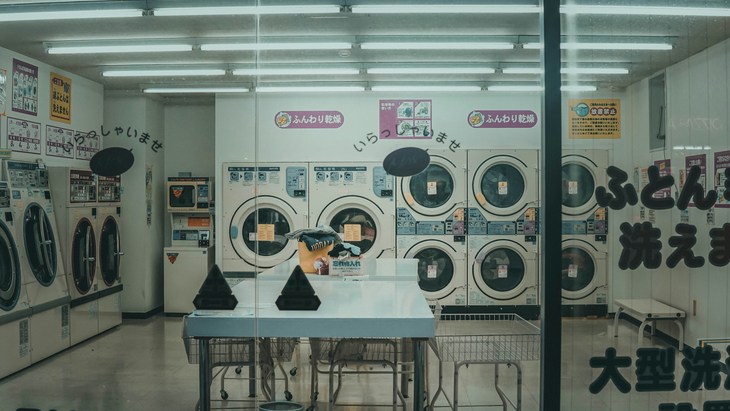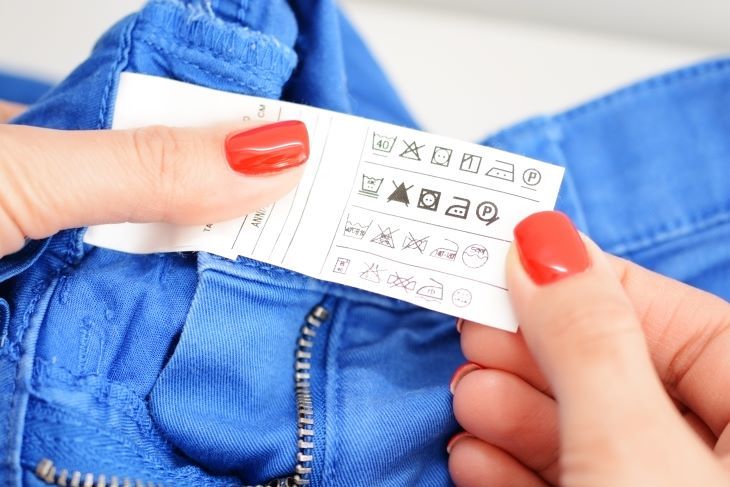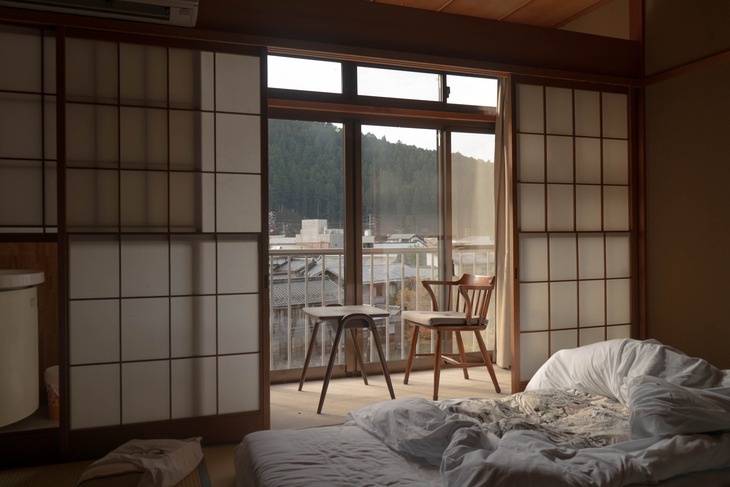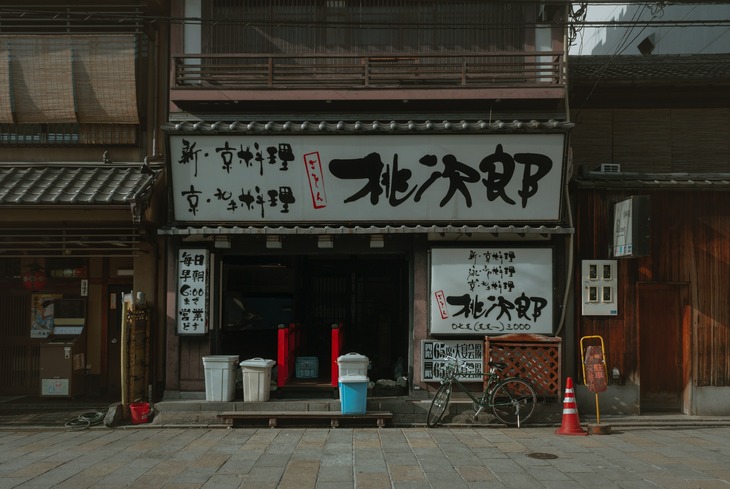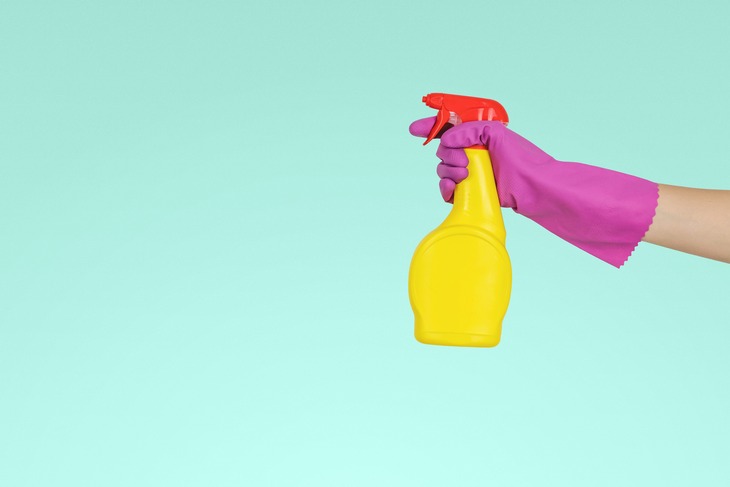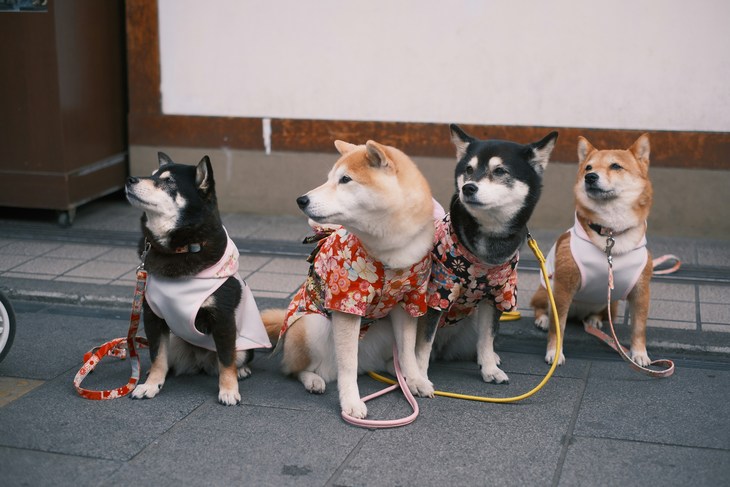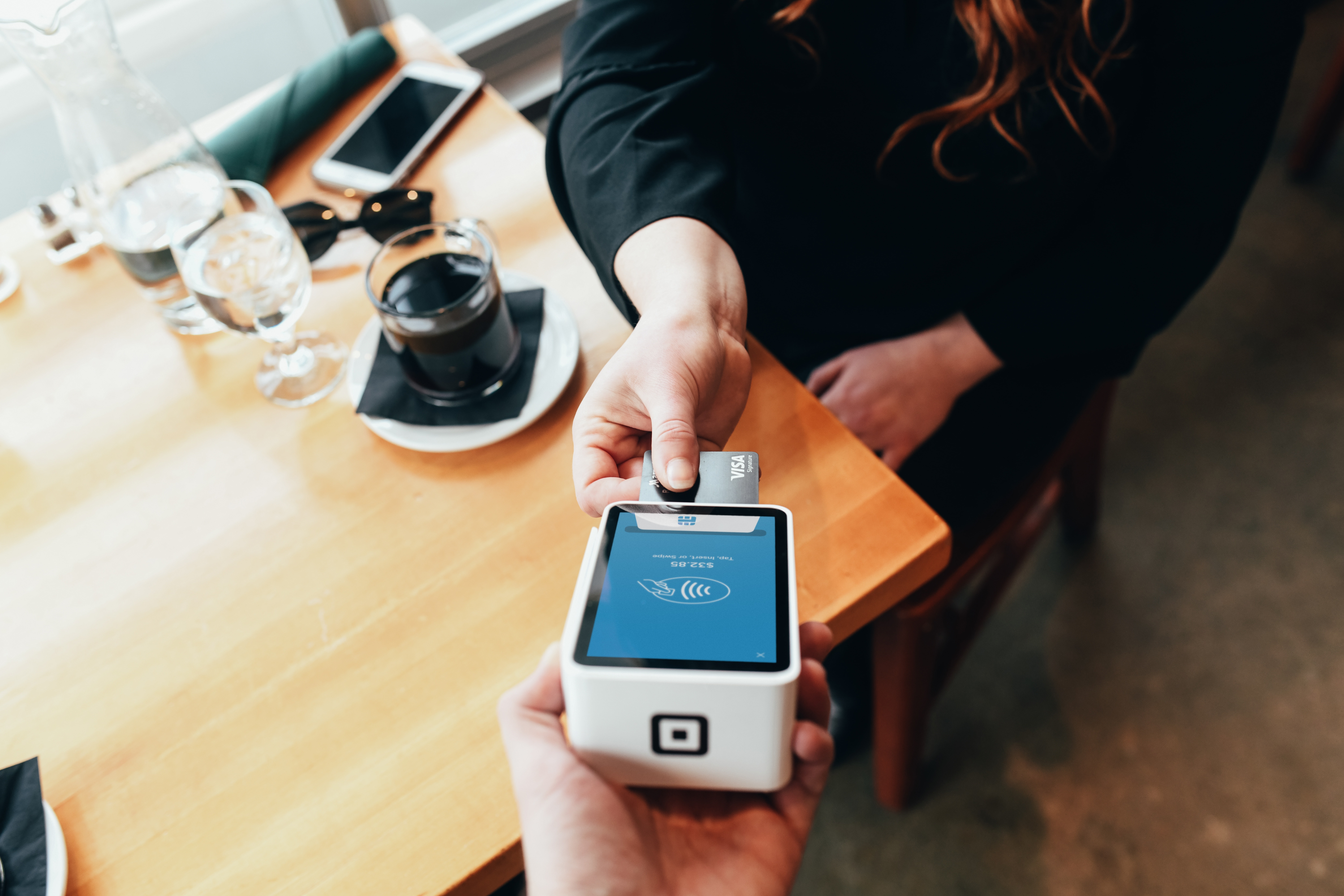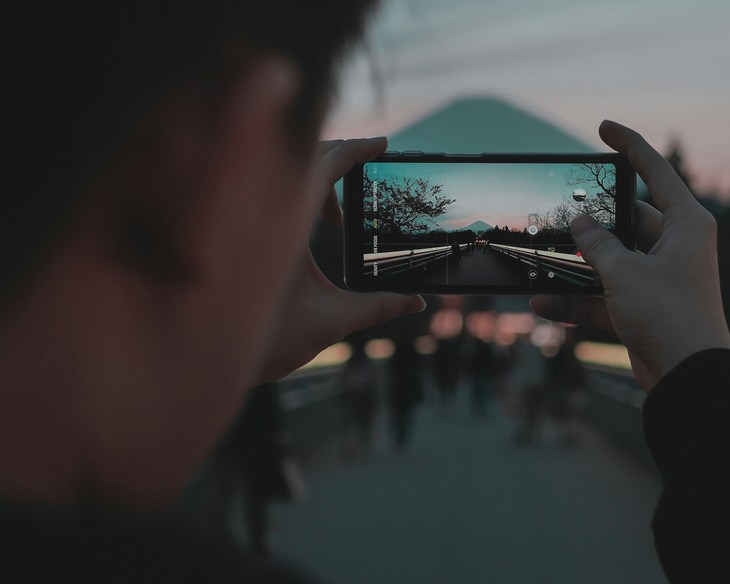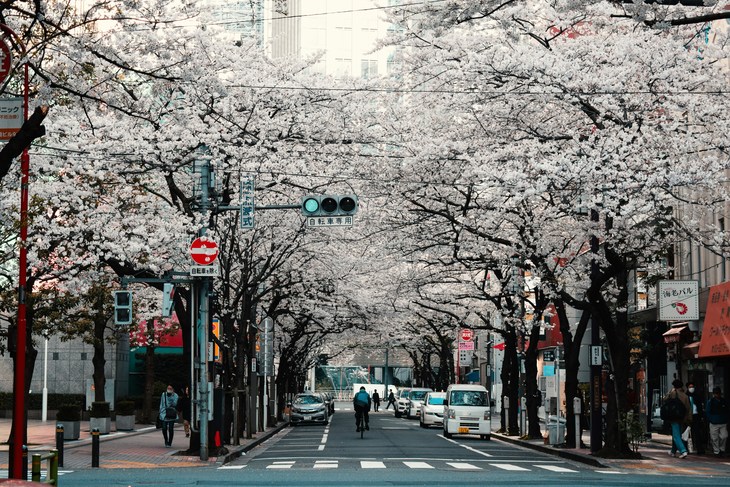How and Where to Do Laundry in Japan!
If you're living in Japan, visiting the country on business, or taking an extended vacation, eventually you'll need to do laundry. But doing the laundry in a country where you may not be able to speak or read the language can be a daunting task, especially if you have delicate clothes that need to be washed or dry cleaned properly in order to avoid ruining them completely.
But even if you do understand how to wash your clothes properly, it will be hard to do so if you don't have access to a home or hotel with a washing machine or dryer. Luckily, even if that's the case you have affordable options in Japan.
So let's take a look at the basics of what you need to know to do laundry in Japan, how to properly wash your clothes by understanding clothing labels and washing machines in Japan, and learn about laundromats and dry cleaners where you can take your clothes if you have large loads to clean or don't have access to a washer and dryer at home.
Things to Know About Doing the Laundry in Japan
Before doing the laundry in Japan, there are a few things you should keep in mind.
・ Most Washers Only Wash with Cold Water
Something that may be different from your home country is that washing machines in Japan usually only wash using cold water. On the one hand, this can make your life easier since you don't have to worry about accidentally putting clothes that should only be washed in cold water through a hot water cycle, potentially shrinking or otherwise damaging them. On the other hand, this may mean that how you go about washing clothes may be different from how you normally would in your home country. Luckily, laundry detergent in Japan is all designed to work with cold water, so your clothes should still come out clean even if you can only wash them in cold water.
・ Pre-Washing Severe Stains is a Good Idea
Since washing machines you come across in Japan will likely only wash with cold water, there's a chance that tough stains will be able to withstand the cold water cycle. In cases like these, it's a good idea to pretreat your dirty clothes by soaking them in laundry detergent before you put them through the wash. This should hopefully get out those tough stains after only one wash cycle.
・ Home Dryers are Rare
Houses and apartments in Japan are generally smaller than in many other countries, meaning that space is limited. That's why you usually won't see laundry rooms with enough space for both a washer and dryer in Japan. People generally tend to hang their laundry outside to dry.
That being said, single units that combine both a washer and dryer are available but keep in mind that they will be much pricier compared to a washing machine without any drying functionality. Also, many apartments in Japan feature shower rooms that can also dry clothes. If your apartment has a shower room like this, you don't need to worry about not being able to hang your clothes outside to dry on rainy days.
Laundry Care Labels on Japanese Clothes
If you buy new clothes in Japan, you may find yourself wondering how you're supposed to take care of them--especially when the materials they are made of and the information about how to care for them may be completely in Japanese. Luckily, clothes sold in Japan also usually include international laundry care symbols on the tags, meaning that as long as you can understand these symbols, you'll be able to understand how to take care of your clothes.
These symbols fall into 5 categories:
① Washing (the washtub)
② Bleaching (the triangle)
③ Drying (the square)
④. Ironing (the iron)
⑤. Dry Cleaning (the circle)
These basic symbols are modified by x's, numbers indicating temperature or strength, etc. By checking these instructions, you'll know what to do to wash your clothes, and more importantly, you'll be able to know what not to do. No Japanese is required!
For a detailed breakdown of every laundry care symbol, click here.
How to Start a Japanese Laundry Machine
So you've pretreated any clothes that have particularly tough stains, you've thrown all your clothes into the laundry machine, added laundry detergent (called "洗濯洗剤" sentaku senzai in Japanese) closed the lid, and are now faced with a panel where every button and setting is written in Japanese. If you can't read Japanese, it can be hard to know what to do next. While every laundry machine has a different layout and may have different setting options available, starting a basic wash cycle should be basically the same on any machine.
1) Press the "入" (on) button to turn on the washing machine.
2) Start the standard wash cycle by pressing the "スタート" (start) button.
3) Wait as the laundry machine washes your clothes.
While there may be other options and features on laundry machines that require being able to read Japanese or the use of a translation app if you want to use them, starting a basic wash cycle is quick and easy even if you can't read any Japanese.
But what can you do if you don't have access to a washing machine, or you checked the label of your clothes and some of them say "dry clean only"? Well, you have some options.
Laundromats in Japan
Just like in many countries around the world, you'll be able to find laundromats just about everywhere in cities in Japan. If you're only traveling in Japan and don't have access to a washing machine at a hotel, laundromats are a great option to wash your clothes. But laundromats can be invaluable even if you live in Japan depending on the situation. During the rainy season, for example, it can be tough to hang your clothes to dry outside because of all the rain. Most apartments in Japan don't have space for a washer and dryer, and while some washers have dryer functions, many do not. So if your laundry is piling up and you don't have a dryer, heading to the laundromat may be your best option.
As in other countries, washers and dryers in Japan are more powerful and bigger than home machines, meaning you can do larger loads if you need to. Plus, some laundromats have "sneaker laundry" facilities where sneakers can be washed, which can save you a lot of time and hassle.
Laundromats in Japan are referred to as "コインランドリー," or "coin laundry" in English. They are relatively inexpensive and tend to charge based on weight, costing as little as 400 yen up to 1200 yen for particularly large loads. One washing cycle will usually take around thirty minutes at a laundromat.
However, some items such as futons generally cannot be washed at laundromats. Always check the washing instructions of your clothes, and if an item cannot be washed, consider another option: dry cleaners.
Dry Cleaners in Japan
If an article of clothing is too dirty to be washed at home or needs special care, or if you have clothes or other items that cannot be washed, you can always take advantage of a dry cleaner in Japan. There are many dry cleaner chains in Japan along with independent ones, and will usually have the word "クリーニング" on a sign somewhere outside to indicate they are a dry cleaner. Depending on what you need dry-cleaned, prices in Japan can be reasonable, especially when it comes to articles like dress shirts. Here are some services that are usually offered by dry cleaners in Japan.
・Stain Removal & Bleaching
If you can't get a stain out of your clothes, be it from a food spill or something else, dry cleaners may be able to take care of it for you. Many dry cleaners offer stain removal services without bleaching, but bleaching is also offered to remove stains and discoloration from white garments.
・Sweat Stain Removal
Many dry cleaners are also able to specifically target sweat stains, removing or preventing yellowing that can build up around the armpit areas of clothes or the neckline of dress shirts. This service will also help get rid of any odors caused by sweat. In Japan, where summers are extremely hot and humid, this can be an invaluable service to help your work clothes make it through the season.
・Water, Insect, and Dust Mite Repellant
Some dry cleaners can apply coatings to your items that will make them more resistant to water or dirt, or apply insect repellant that will help protect your clothes if you store them in boxes during the seasons you won't wear them. This service in particular can be helpful to protect your winter clothes from moths and dust mites during the summer.
・Lint Removal and Crease Setting
These two services are more aesthetically-oriented but if you have the budget for them they can help keep your clothes looking new and clean. Lint removal is often used for clothes like sweaters to help them look newer, and crease settings can keep the creases in your clothes neat longer than traditional ironing can.
Good Luck with your Laundry!
Doing the laundry in Japan without somehow irreparably damaging your clothes may seem scary, but with a little careful research and preparation you'll be able to take care of your clothes just as well as you could back in your home country.
Plus, laundromats and dry cleaners in Japan are reasonable and can be found anywhere, so even if you do not have access to a washer or dryer you have options available to you to keep your wardrobe looking as good as new all year round.












